Polyethylene is generally considered a safe plastic, odorless, non-toxic, and durable, and it is widely used in food packaging and medical devices.
Nonetheless, the prevalence of PE plastic has not eliminated consumer and plastic manufacturers concerns about its safety.
“Is Polyethylene Safe?” This question continues to spark widespread attention and discussion.
Therefore, this article will delve deeply into the safety of polyethylene, evaluating its safe uses and its various impacts on the environment and health, helping readers better understand the safety and scope of applications of polyethylene.
What Is Polyethylene?
Polyethylene (PE) is a thermoplastic resin obtained by polymerizing the monomer ethylene and is one of the largest produced resin types today.
Depending on the polymerization method, molecular weight, and chain structure, it can be divided into high-density polyethylene (HDPE), low-density polyethylene (LDPE), and linear low-density polyethylene (LLDPE).
Polyethylene is odorless and non-toxic, feels waxy, and has excellent electrical insulation and chemical stability.
It can resist erosion from most acids, alkalis, salts, and other media, meeting different performance requirements.
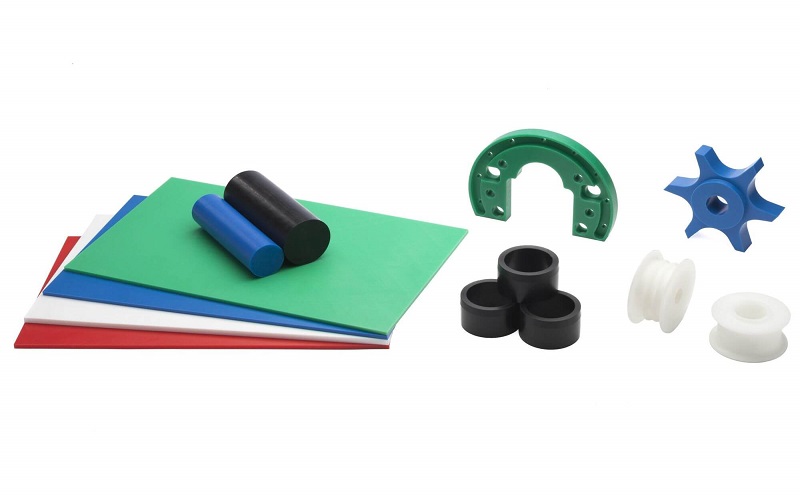
Composition Of Polyethylene Material
Polyethylene molecules are composed of carbon and hydrogen elements arranged in an orderly manner, with ethylene as their basic component and containing no chemicals like Bisphenol A (BPA) or phthalates.
The polymer molecules are connected by carbon-carbon single bonds, which give polyethylene excellent chemical resistance to most acids and alkalis, making it difficult to decompose.
This structure not only ensures the stability of polyethylene in chemical reactions but also means that it does not release harmful substances under normal use conditions, thereby making it considered a non-toxic material.
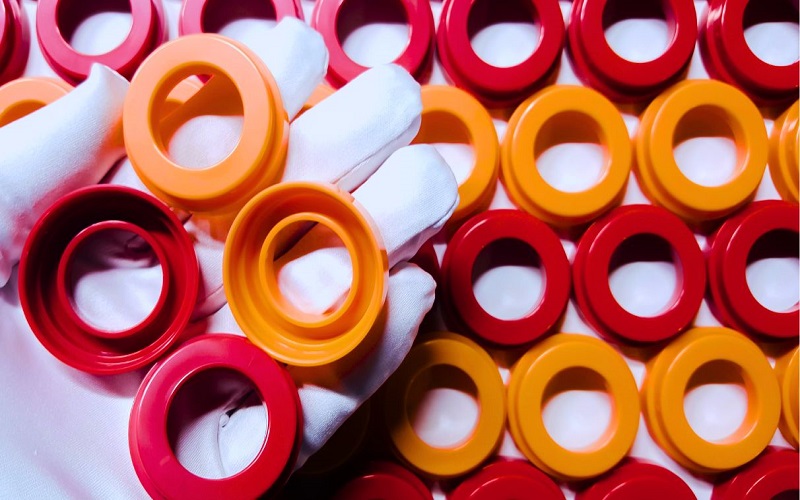
Manufacturing Safety Of Polyethylene Plastic
Polyethylene plastic is suitable for processes such as injection molding, blow molding, and extrusion.
Although it is inherently non-toxic, there are some safety hazards during its production and processing.
For example, during the polyethylene injection molding process, certain plastic additives and catalysts may be used, which can pose risks to the environment and human health.
Additionally, the high-temperature processing of polyethylene materials can lead to the release of some volatile organic compounds, posing health threats to workers.
Therefore, appropriate protective measures must be taken during the production and processing of polyethylene to reduce the release of harmful substances.
Is Polyethylene Safe For Food?
As a food-grade plastic, polyethylene is relatively safe under normal usage conditions.
Firstly, polyethylene provides good sealing properties, effectively maintaining the freshness and sanitary quality of food.
Moreover, the chemical properties of polyethylene are stable; it does not react easily with food components and does not affect the taste or quality of the food.
Additionally, PE has good low-temperature resistance, with a brittleness temperature generally below -50°C, making it suitable for the packaging of refrigerated and frozen foods.
However, under high-temperature conditions, such as when polyethylene is heated in a microwave or placed in a high-temperature environment, plasticizers and stabilizers within it may decompose and migrate into the food.
Furthermore, while polyethylene itself does not contain harmful substances, some additives used in the processing might not be entirely suitable for all food packaging applications, especially at high temperatures.
Therefore, when using polyethylene products to store or heat food, avoid placing them in sunlight or high-temperature environments, do not heat them in a microwave, and ensure the products meet food safety standards.
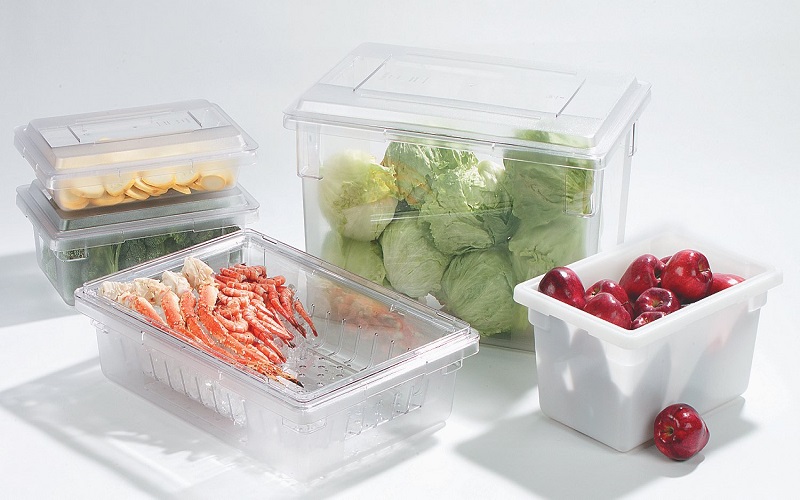
Is Polyethylene Harmful To Human Health?
Polyethylene is generally considered a relatively safe plastic material because of its very stable chemical structure, which does not easily decompose and typically does not release toxic substances.
Under normal use conditions, such as the single-use of polyethylene bottles for non-lipophilic liquids like water and soft drinks, the impact of polyethylene on human health is minimal.
However, the long-term and repeated use of polyethylene plastic products to store lipophilic solutions such as oil, vinegar, and alcohol can lead to the dissolution of carcinogenic factors in the plastic, posing a health risk.
Therefore, under normal conditions, PE plastic does not pose a health risk to humans, but it is advisable to avoid the long-term or repeated use of polyethylene containers for storing lipophilic substances.
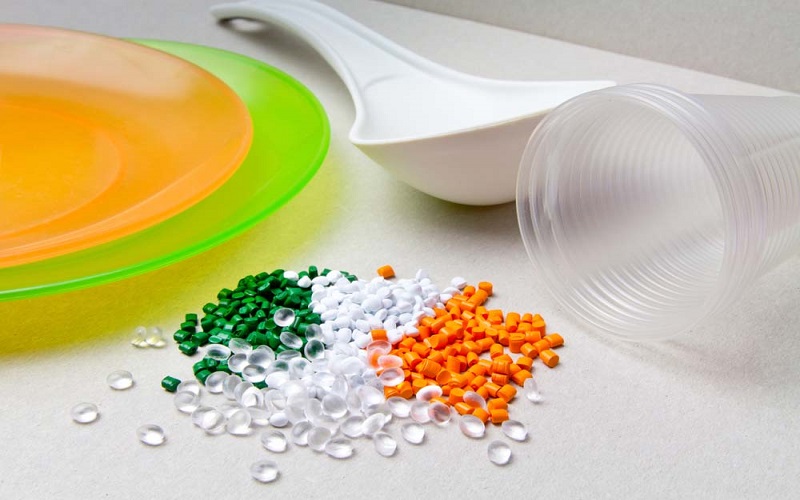
Polyethylene In Cosmetics:Is Polyethylene Safe For Skin?
In the cosmetics and skincare industry, polyethylene is generally considered a safe ingredient, primarily used as microbeads, thickeners, and stabilizers in a variety of skincare and beauty products.
Due to its large molecular structure, it does not easily penetrate the skin barrier, thereby minimizing direct skin impact and reducing the likelihood of allergic reactions.
The U.S. Food and Drug Administration (FDA) includes polyethylene in its list of ingredients approved for use in cosmetics, indicating that its safety in cosmetic formulations is recognized.
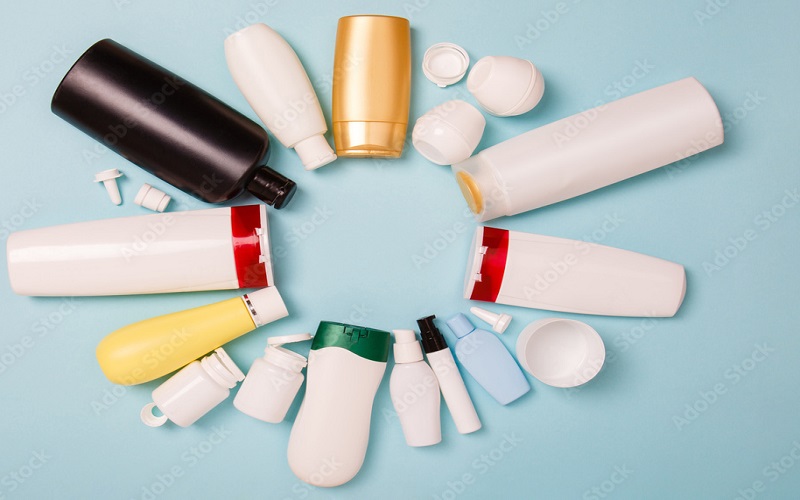
Recycling Of Polyethylene: The Green Option
Generally speaking, PE plastic is recyclable and can be processed through mechanical recycling, chemical recycling, and biological recycling.
Therefore, recycling discarded polyethylene plastic is of great significance.
It can save energy and resources, reduce environmental stress, and contribute to economic development.
Due to the low cost of production of polyethylene plastic, the amount of waste generated during its use is substantial, and its resistance to degradation leads to increasingly severe environmental pollution issues.
Recycling polyethylene saves raw materials and reduces dependence on non-renewable resources such as petroleum.
Additionally, recycling can reduce the amount of plastic waste in landfills, prevent environmental issues caused by the long-term decomposition of polyethylene, and help promote the development of a circular economy, thereby enhancing resource efficiency.
It is important to note that not all types of polyethylene are easily recyclable.
For example, the recycling rates of HDPE and LDPE are high, but some composite materials and multilayer packaging made of polyethylene are difficult to recycle.
Overall, polyethylene remains a green choice worth promoting.
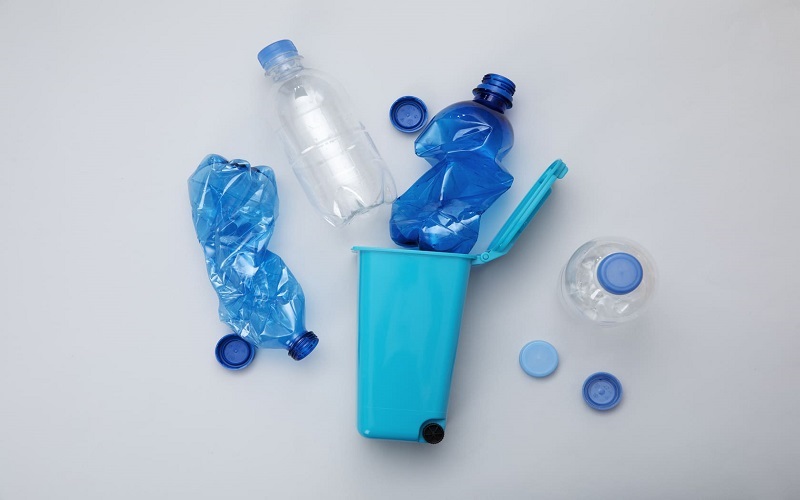
Is PE Recycled Material Safe?
Recycled PE material can be produced through a series of processes including the crushing, washing, screening, and processing of discarded PE products.
The advantages of this method include low recycling costs, high resource utilization, and minimal environmental pollution. However, during the preparation of recycled materials, multiple physical and chemical treatments are required, which might impact the physical properties of PE, potentially reducing the quality of the final product.
Additionally, there may be issues with impurities or foreign materials present in the recycled content.
Consequently, the absolute safety of recycled PE materials cannot be guaranteed.
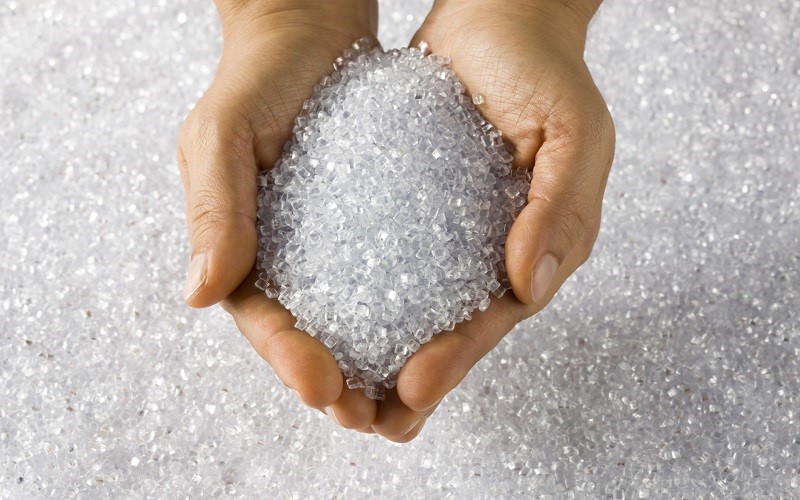
Polyethylene And Other Plastics:Security Comparison
In the comparison between Polypropylene vs Polyethylene , both are considered relatively safe plastic materials, yet they differ in certain aspects.
In food contact applications, polyethylene is well-suited for packaging fresh and cold foods due to its excellent low-temperature resistance; however, it may decompose and release harmful substances when exposed to high temperatures or during heating.
In contrast, polypropylene maintains its structural integrity at high temperatures, making it an ideal choice for microwaveable food containers.
Similar to polyethylene,polystyrene safety is generally assured under normal, unheated conditions, but it can release styrene when in direct contact with high temperatures, fats, or acidic foods, thus posing potential health risks.
In summary, the safety of both polyethylene and polystyrene can be compromised by environmental conditions, while polypropylene safety generally exhibits higher levels.
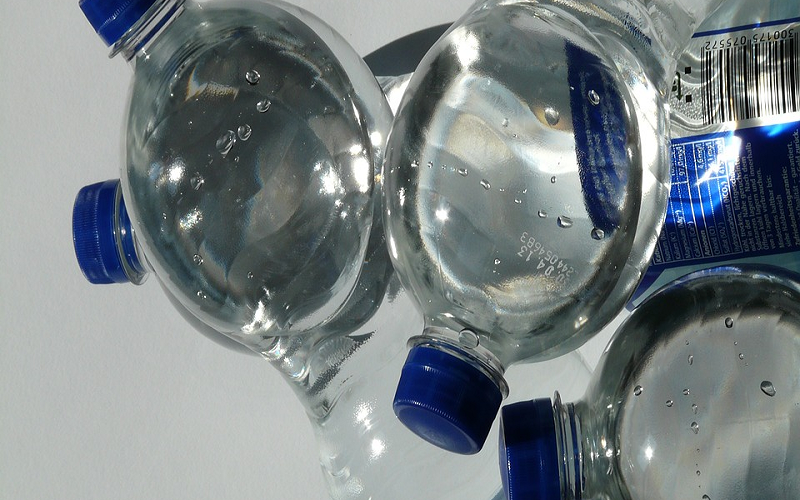
Conclusion
Overall, polyethylene is a non-toxic and harmless plastic material, known for its excellent low-temperature performance and chemical stability.
Under normal temperatures and in compliance with food safety standards, PE plastic can be safely used for food packaging, baby products (such as baby bottles), and cosmetic containers.
However, during use, it is advisable to avoid prolonged exposure to high temperatures or microwave heating, as well as long-term or repeated use of polyethylene containers to store lipophilic substances.
